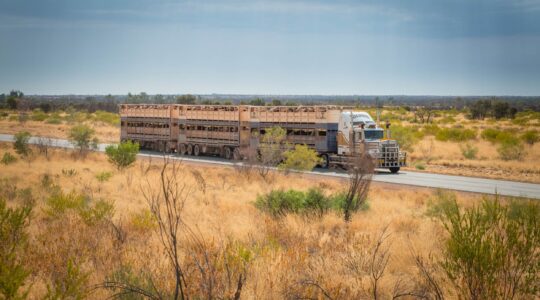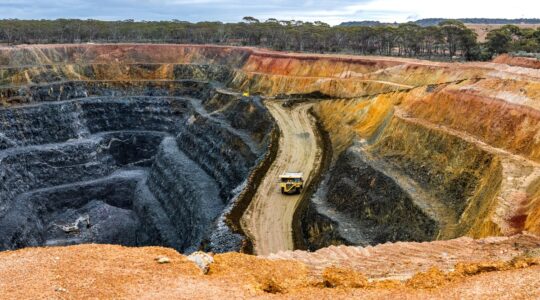The rising global excess of steel has promoted a warning form the world’s largest economic organisation.
The latest OECD Steel Outlook report has urged countries to address policies driving the continued expansion of steel excess capacity to prevent further erosion of market stability and fair competition in the steel industry.
Excess capacity in the steel market directly impacts the demand and price of iron ore, which is a key contributor to Australia’s economy.
OECD Secretary-General Mathias Cormann said excess steel capacity was projected to rise to 721 million metric tonnes (mmt) by 2027, exceeding by around 290 mmt the combined steel production of OECD countries in 2024.
Secretary-General Cormann said the surge was being driven by continued capacity expansion, despite weak growth in global steel demand.
He said high levels of subsidies and other policy distortions in several non-OECD economies were key drivers of the imbalance, posing risks to market stability, employment, supply chains and decarbonisation efforts.
“Notably, China’s steel subsidisation rate, as a percentage of firm revenues, is 10 times higher than that of OECD countries.”
Secretary-General Cormann said Chinese steel exports had more than doubled since 2020, reaching a record level of 118 million tonnes in 2024.
“This surge has disrupted steel markets in OECD economies, leading to a fivefold increase in anti-dumping measures since 2023.”
He said these developments placed considerable pressure on steel companies across OECD countries, with profitability falling to near historic lows.
“The findings of the OECD Steel Outlook 2025 show there is an urgent need to address growing excess capacity, and the distortionary policies driving it, to ensure well-functioning global steel markets.
“Through evidence-based dialogue and international co-operation, we can work towards restoring fair competition and a more efficient, sustainable steel sector worldwide.”
Read the full report: OECD Steel Outlook 2025.








